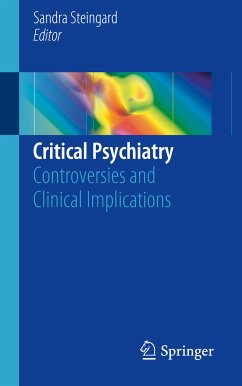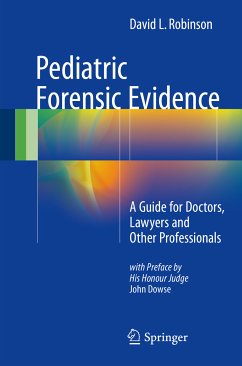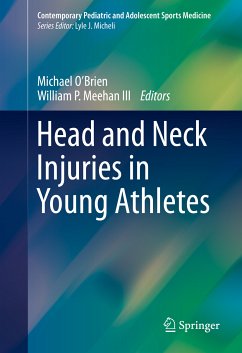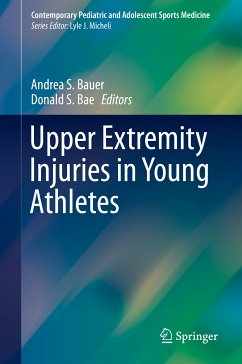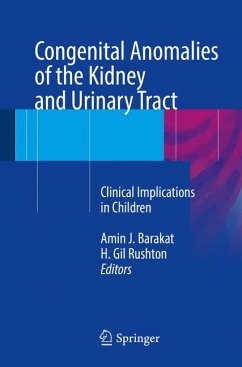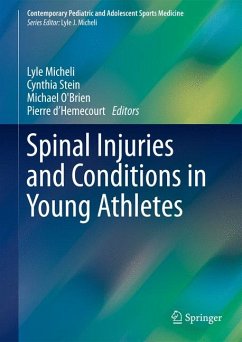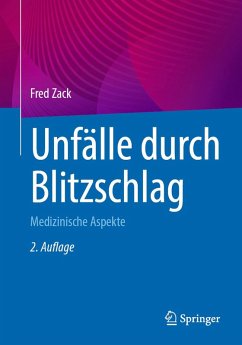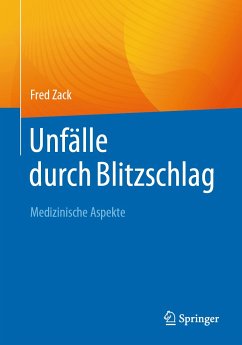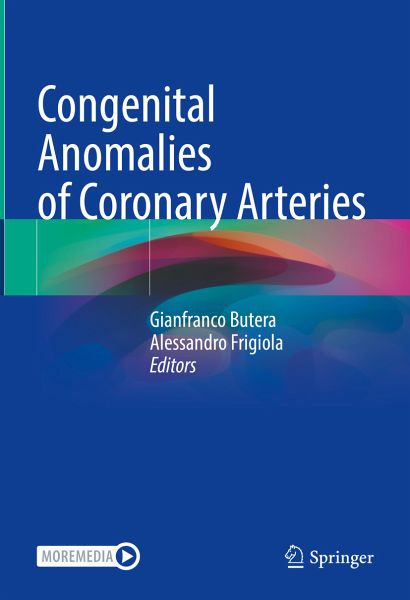
Congenital Anomalies of Coronary Arteries (eBook, PDF)
Versandkostenfrei!
Sofort per Download lieferbar
72,95 €
inkl. MwSt.
Weitere Ausgaben:

PAYBACK Punkte
36 °P sammeln!
The coronaries are the first branches of the ascending aorta. They arise from their respective sinuses of Valsalva, and gradually branch distally to the myocardium. Abnormalities of the coronary arteries, either congenital or acquired, can be characterized as a lack of origin, abnormal origin, anomalous course, lack of patency, abnormal connections, and/or abnormal drainage of the coronary vessels. Interruptions to or lack of flow can cause significant morbidity and mortality due to ischemia, infarction and fistulous connections, which can lead to cardiac failure, endocarditis and ischemia. Co...
The coronaries are the first branches of the ascending aorta. They arise from their respective sinuses of Valsalva, and gradually branch distally to the myocardium.
Abnormalities of the coronary arteries, either congenital or acquired, can be characterized as a lack of origin, abnormal origin, anomalous course, lack of patency, abnormal connections, and/or abnormal drainage of the coronary vessels. Interruptions to or lack of flow can cause significant morbidity and mortality due to ischemia, infarction and fistulous connections, which can lead to cardiac failure, endocarditis and ischemia.
Coronary artery anomalies are rare in general populations. Although they can be benign and asymptomatic, they can also be malignant due to their origin and course and can cause sudden cardiac death. As such, an understanding of how to analyze, diagnose and treat them is vital.
This book presents the latest advances in congenital anomalies of coronary arteries. It offers a comprehensive overview of the field, including illustrative angiograms and diagrams that demonstrate all possible anomalies and clarify what is abnormal, and also provides practical insights to guide practitioners in their everyday practice.
Dieser Download kann aus rechtlichen Gründen nur mit Rechnungsadresse in A, B, BG, CY, CZ, D, DK, EW, E, FIN, F, GR, HR, H, IRL, I, LT, L, LR, M, NL, PL, P, R, S, SLO, SK ausgeliefert werden.



